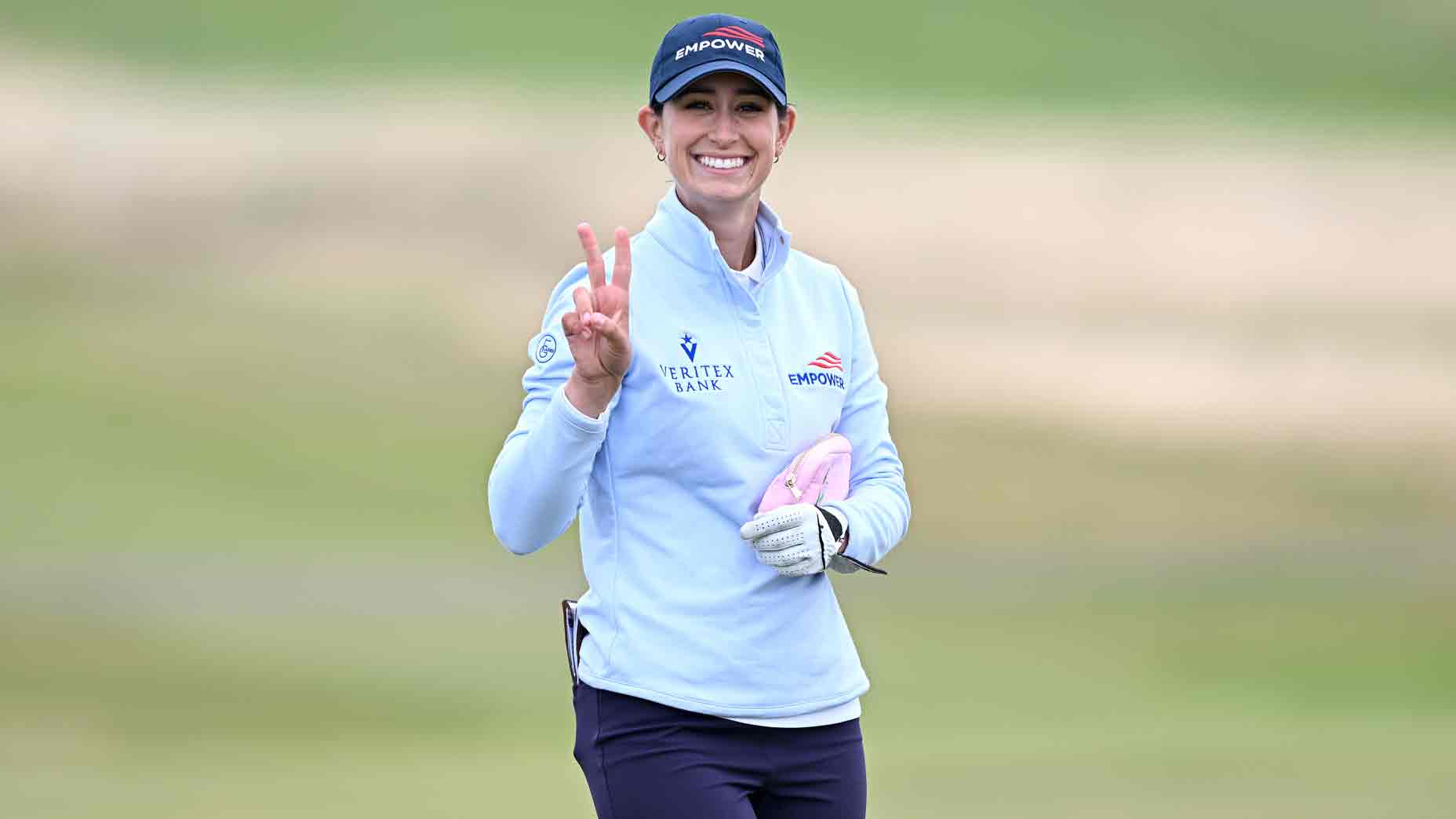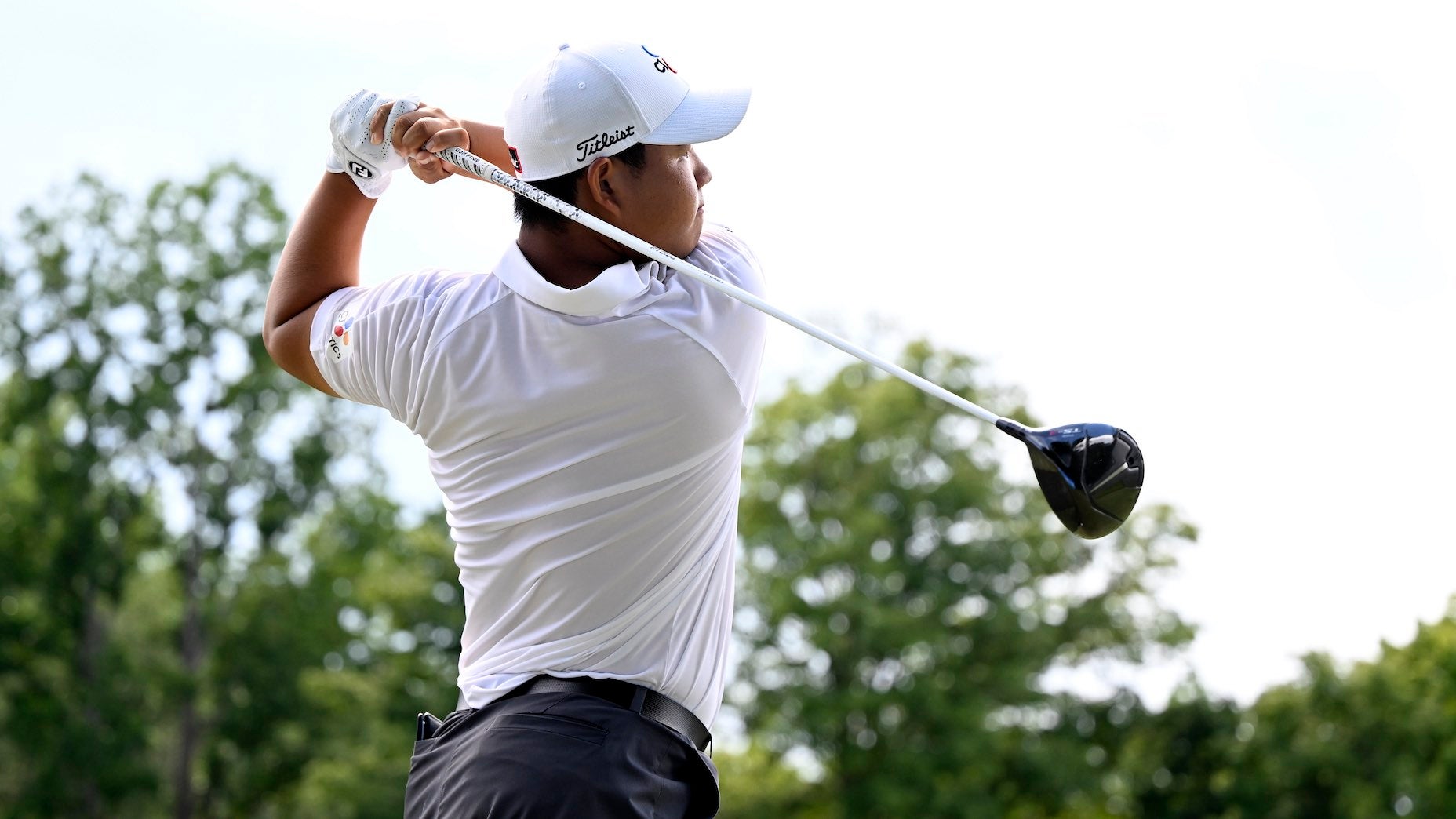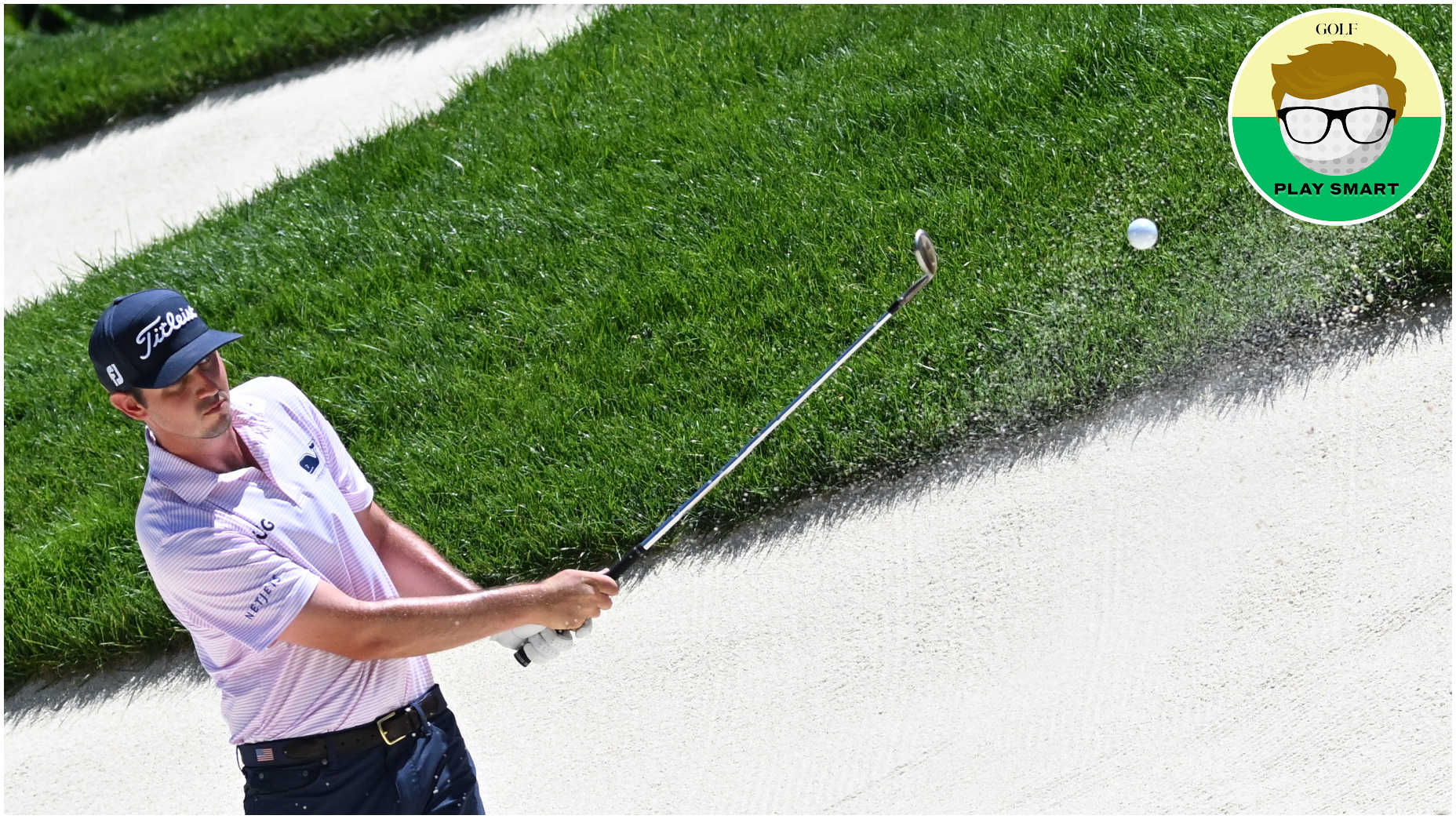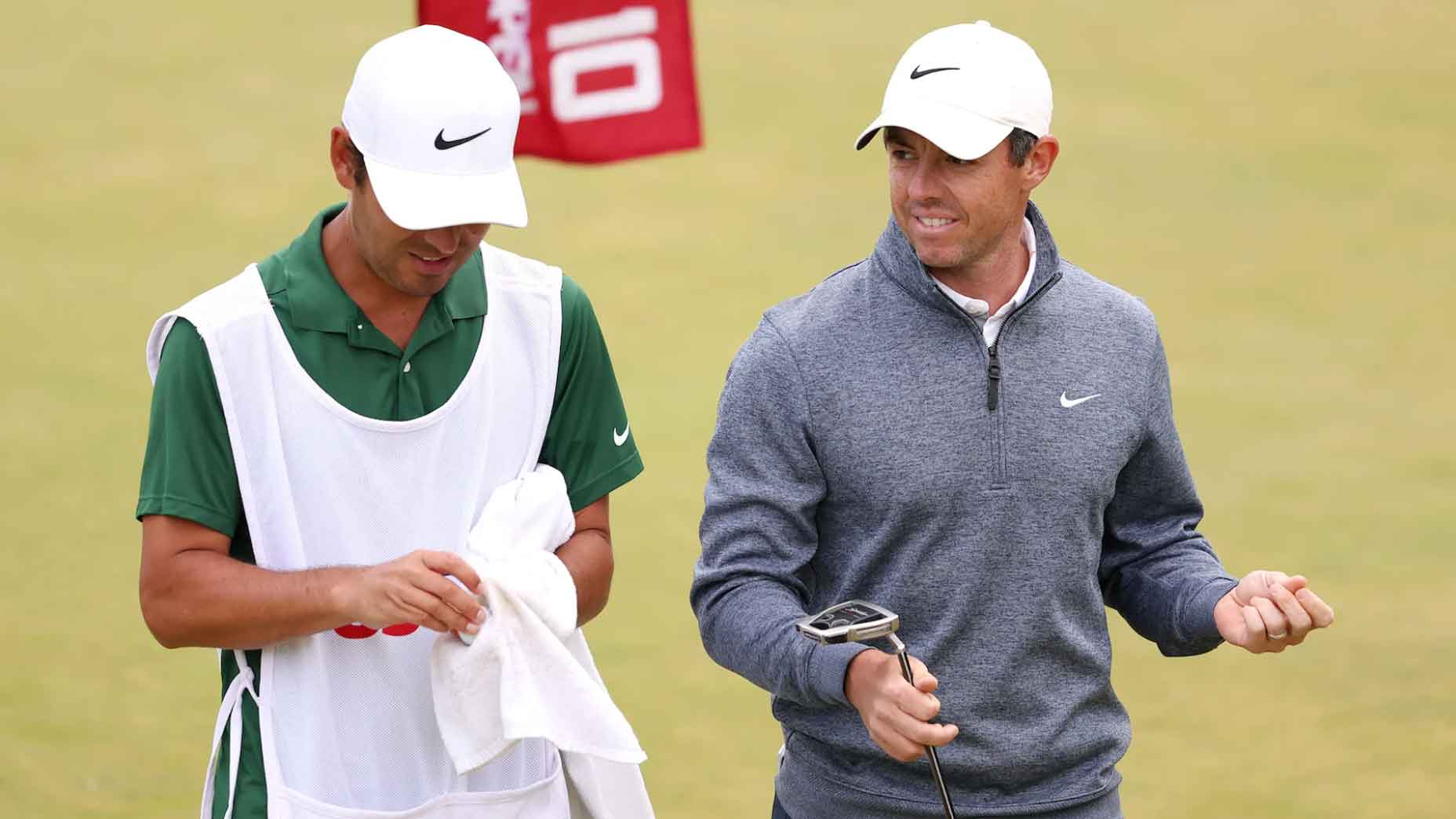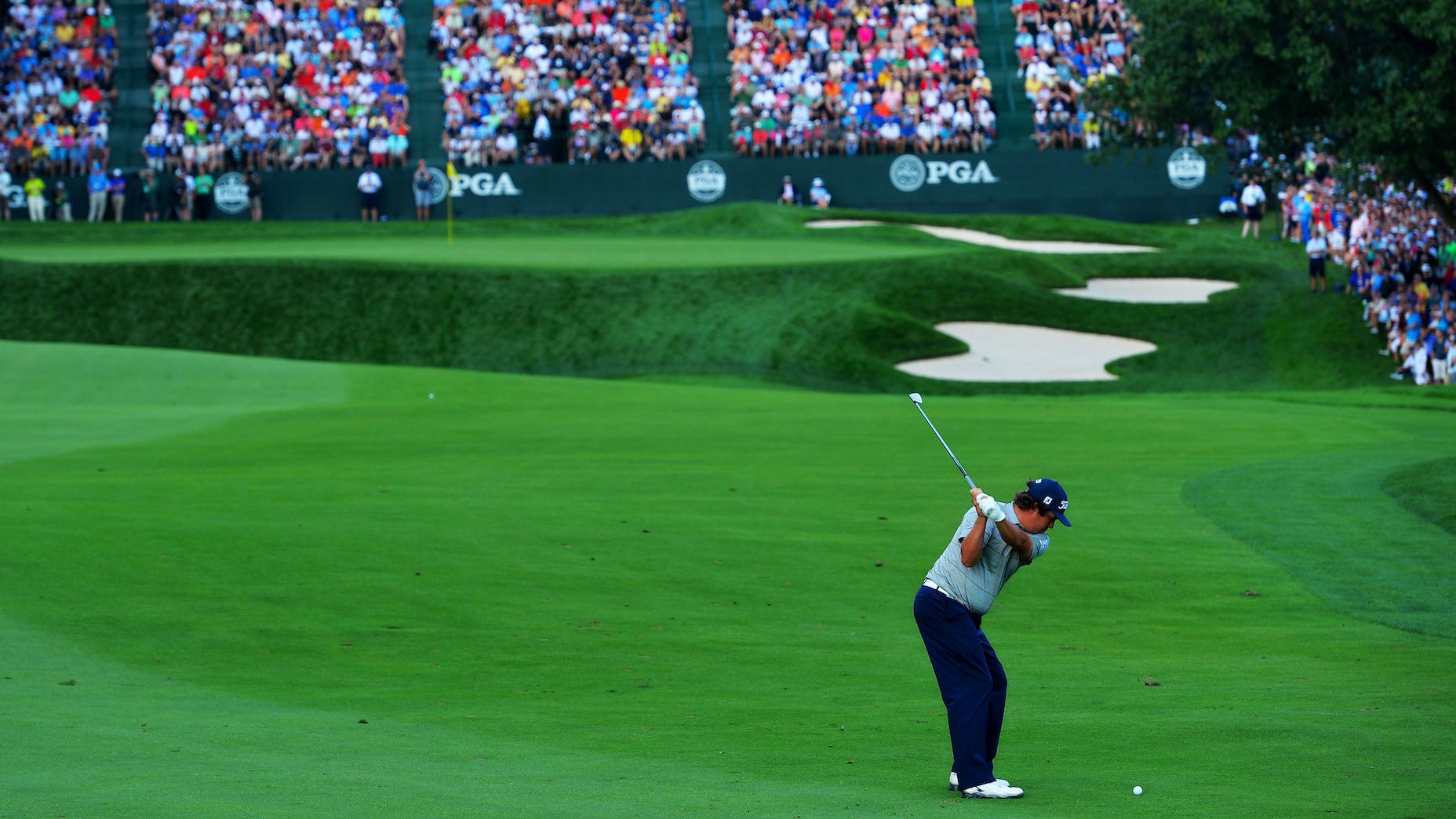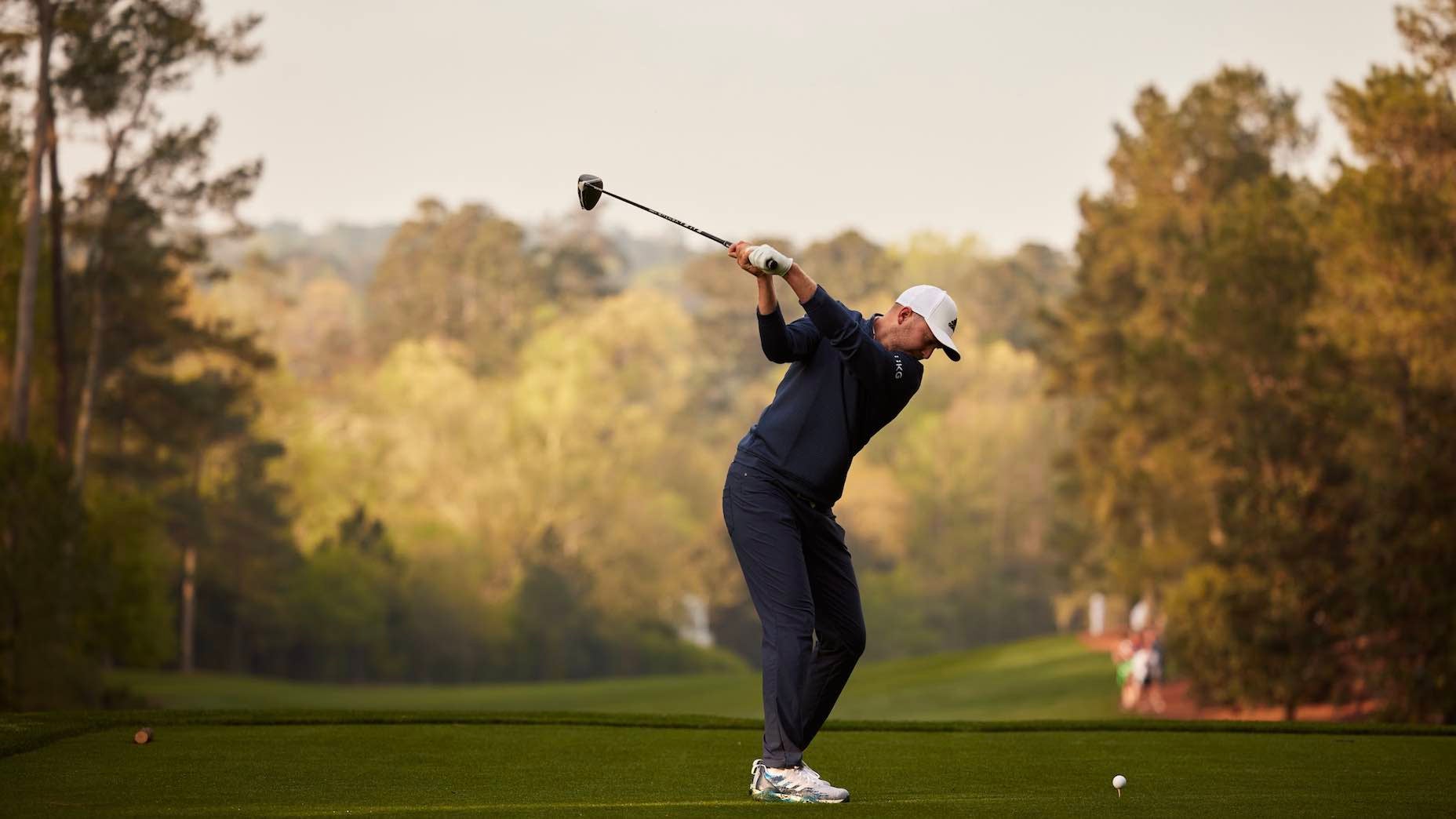Scott Fawcett is at the forefront of changing the way golfers think about course management. What used to be a black art, filled with opinion and guesswork, has suddenly become something more quantifiable, thanks to his use of advanced statistics and Mark Broadie’s Strokes Gained data.
At the core of Fawcett’s DECADE golf system is that it’s easier for golfers of all levels to not lose shots than to intentionally gain them. Or, in other words, the best way to save shots is to not lose them in the first place.
In practice, Fawcett’s approach suggests golfers should almost always hit driver — about 98 percent of the time, until you start hitting it about 270 yards — and that you should be aiming away from pins and into the middle of the greens.
Another rule? When you do hit your ball into trouble, take your medicine, forget the hero shot, and punch out. It’s a concept that was first pioneered by economist Mark Broadie in his book Every Shot Counts. Broadie crunched the numbers and found that taking the ‘safe’ play is also, statistically, the smart play.
You can watch him explain below, in a clip taken form his recent appearance on GOLF Top 100 Teacher Chris Como‘s television show, Swing Expedition.
Do you choose the hero shot or lay-up? @scottfawcett shares why statistics favor a lay-up Monday at 7PM ET on #SwingX with @chriscomogolf. pic.twitter.com/yRr80tgZIF
— Golf Channel (@GolfChannel) May 3, 2020
From a spot to the right of the fairway underneath some trees, Fawcett breaks down the numbers behind the decisions at play. Sure, Como could try to hit the hero shot and probably increase the number of birdies he’d make along the way. But he’d almost make more big numbers so, on average, he’d have a higher score than if he would just punch it out 100 yards down the fairway.
“If we just move it only 100, 120 yards down the fairway, we’d be taking it from a spot where we average four, and moving it to a spot where we average 2.9 (strokes). We’re moving more than one stroke closer to the hole in one stroke. This [lay up] shot right here would be gaining strokes on the field.”
Remember: Don’t hit the hero shot. It’s easier to save shots by not losing them.


